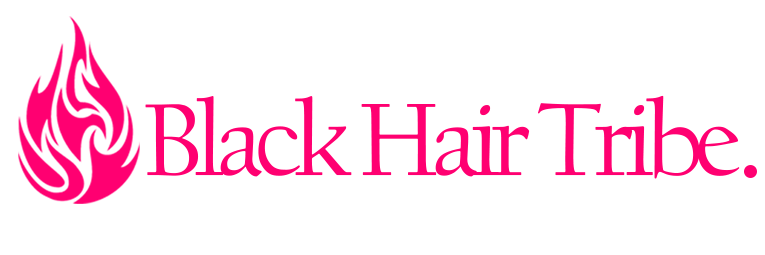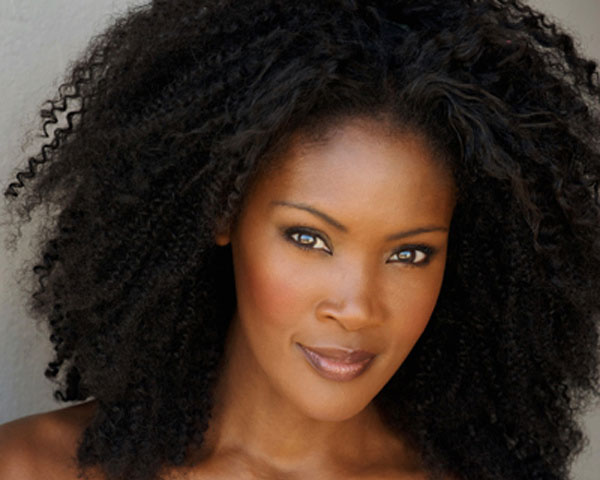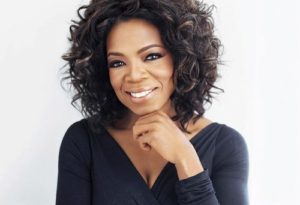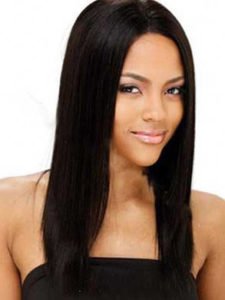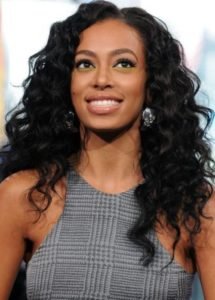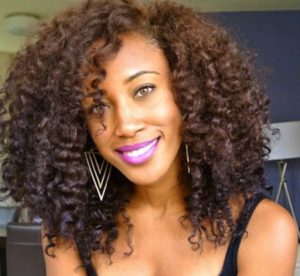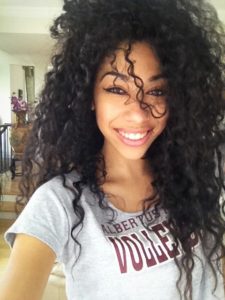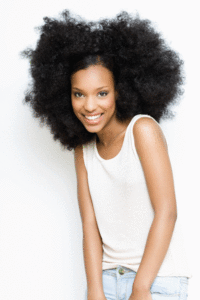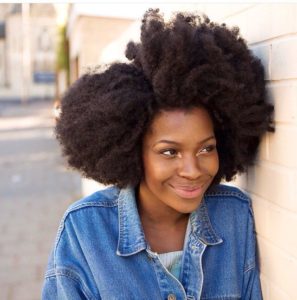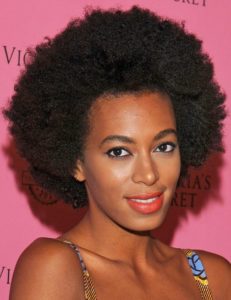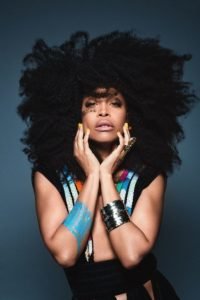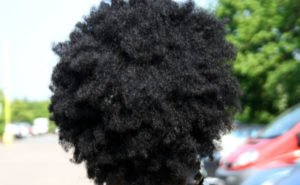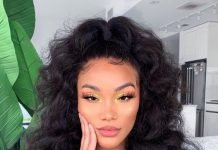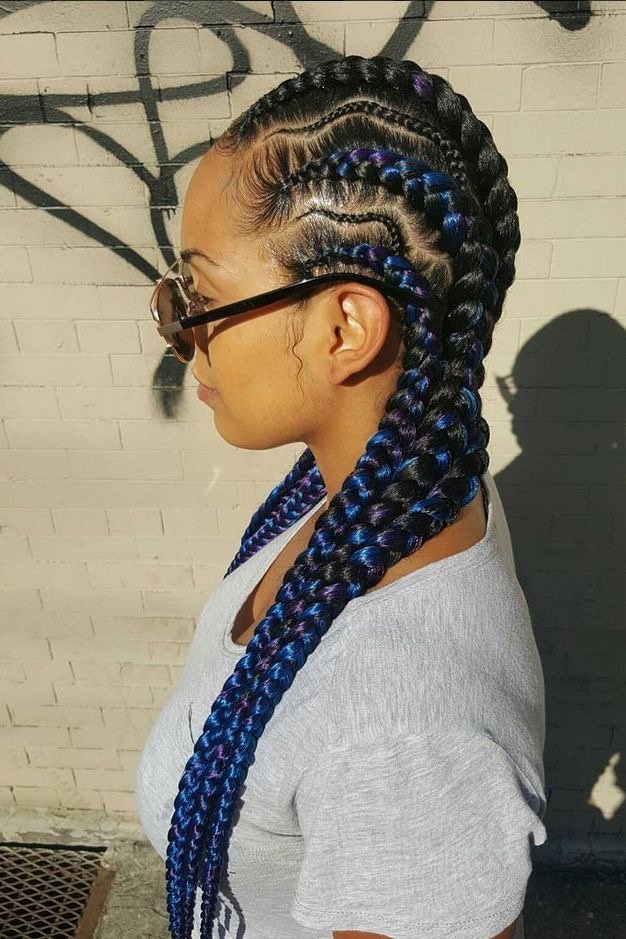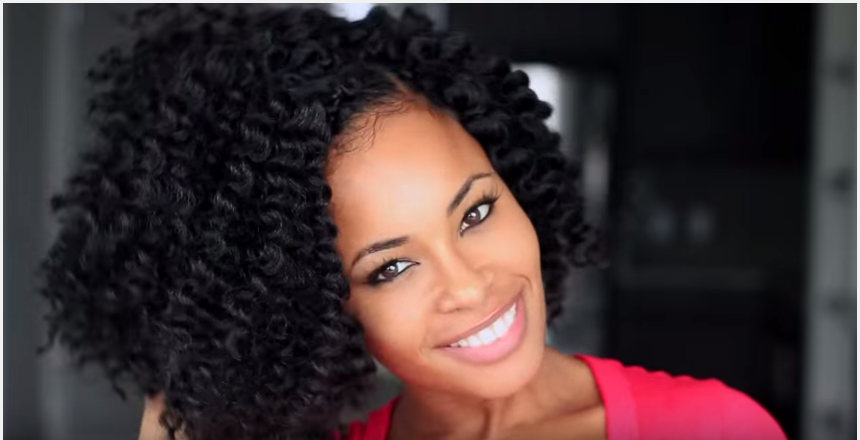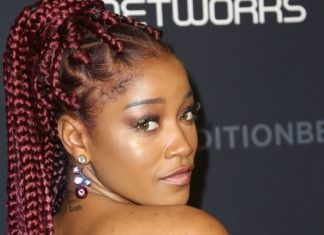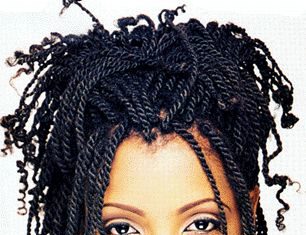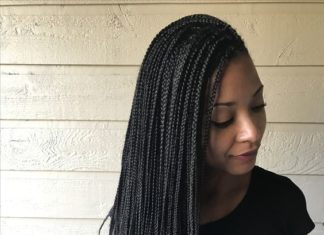From 3A to 4A Hair to 4C – Natural Black Hair: Types of Natural Hair Guide
Knowing what type of natural hair you have will help you in styling and caring for your locs. There are various techniques, tools, and products that are best for each type of hair. Dive into the sea of types of natural hair, and learn about your natural hair type and which styles and treatments are best for you!
1African American Hair Types Chart
The most commonly used hair chart used to classify hair was created by Oprah Winfrey’s hair stylist, Andre Walker, who created the Hair Classification System and today to classify different hair textures.
The majority of African American hair is categorized into type 3 or 4, with only a minority classified as type 2, and is not typically classified as type 1.
Learn more about characteristics of each hair type and how to best care for your type of hair.
2Type 1 Hair – Straight
Type 1 is straight and not common for African American haired girls. #1 hair type is soft, shiny, and tends to get oily. Type 1 hair is also hard to curl. One important trait of type 1 hair is that it is hard to damage. For us curly girls, To achieve #1 hair, we can use flat irons or a relaxer, or alternatively, don a straight hair weave or crochet.
To care for type 1 hair, cleanse your tresses with a clarifying shampoo and smoothing conditioner. Carefully use a wide tooth comb to detangle hair. Moisturize hair and don a hip protective style.
3Type 2 Hair – Curly & Wavy
Type 2 hair is wavy along with a definite ‘S’ pattern. Soft, deep waves with little gentle curls are common characteristics of type 2 tresses. #2 hair type tends to be frizzy, with lots of volume and a resistant to styling. This type of hair also tends to be coarse, dry and rough.
To care for type 2 hair, you’ll need to hydrate your strands use moisturizing hair products. Moisturizing shampoos, conditioners, and leave-in products will infuse your hair with the hydration it needs to be both healthy and beautiful. Hair oils, hair gel or serums will more definition to your waves. Also, a wide comb or boar bristle brush is recommended to form your waves and keep them silky smooth.
To keep frizz to a minimum, do not comb or brush your tresses right after washing them. As your hair dries, gently scrunch it with haircare products to nurture wave formation.
Tip: Be sure to trim your hair on a regular basis for healthy waves and non-split/damaged ends.
4Type 3 Hair– Curly
53A Hair Type – Loose Curls
3a type hair has distinct loopy, loose curls, and full with plenty of body and volume. Hair is prone to frizz, so using light products will ensure a nice hold throughout the day. Only cleansing your hair with conditioner allows you to avoid dryness. A deep conditioner cleanse keeps your hair healthy and moisturized.
63B Hair Type – Tight Curls
3b type hair has a medium amount of curl to it. Well-defined curls with less space between each bend and curve than 3a hair are clear traits of 3b tresses. The texture of this hair can be coarse and dense. Light products and cleansers that are sulfate, as well as silicone free, will prevent buildup on the scalp.
73C Hair Type – Corkscrew Curls
A definite corkscrew shape with the smallest amount of space between the curves of hair is what defines 3c hair type. Many strands of hair are densely packed together. It is best to avoid heat if you have this type of hair. Neat styling techniques for corkscrew curls are braids, twists, or buns. Be sure to cleanse or deep condition once a week. Moisturize your tresses often with gels that do not contain harsh ingredients.
8Products and Styling Tips for Type 3 Hair
People with type 3 hair often have issues with dryness, breakage, and humidity. Frizz is a common tendency of these curls. Using heavy moisturizers on a regular basis is the best way to tame your curls. Display a beautiful head of curls with oils for hair and other heavy moisturizers such as hair puddings, shea butter, and cremes. Not only do these haircare products hydrate your tresses, they also weigh hair down to ensure the hair flows down rather than get the frizz and puff out.
If you have type 3 curls, the following styling tips will restore soft ringlets to your frizz-prone tresses. Be sure to use a moisturizing shampoo (for curly hair), conditioner, and a heavy leave-in each time you wash your hair. To achieve distinct curls, use deep conditioner/leave-in to keep your locks hydrated, and apply styling products to soaking wet hair. Reduce frizz by moisturizing daily and only using a wide tooth comb. For maximum curls, it is recommended to blow dry on a low setting, and with a diffuser attachment.
9Type 4 Hair – Kinky
Type 4 hair is the most highly textured hair category. Type 4 hair is the coarsest, driest, and kinkiest of all the hair categories. Tresses are tightly curled and wiry. Many strands of hair are packed together. Type 4 hair can have a loose coil with spiral-shaped strands or a tighter kink with a zig-zag letter ‘Z’ pattern. It is the curl pattern that makes this type of hair the driest and most fragile of all the hair types. Type 4 hair has fewer cuticle layers leaving it vulnerable to damage from combing, brushing, blow-drying, curling, and straightening.
104A Hair Type – Kinky, Soft
4a hair is very fragile, tightly coiled, and has a well-defined curl pattern almost like a ‘s’ shape. 4a hair retains moisture well, but as it is a curly hair type, it is still prone to dryness. Wash n’ go styles are a great option for this naturally curly hair. Sulfate free shampoos, conditioners, and creamy butters ensure tresses are kept properly moisturized.
114B Hair Type – Kinky, Wiry
4b hair is very fragile and tightly coiled but has a less defined curly pattern. 4b hair forms more of a ‘Z’ shape pattern and has a fluffy appearance. Tresses are highly prone to dryness and breakage. 4b hair shrinks up to 70% of its length, causing the hair to appear shorter than it is. Protective hairstyles, such as buns, twists, or braids, are perfect for 4b hair. Roller sets, twist outs, and ponytail puffs protect natural tresses from damage as well. Plenty of moisture, gentle cleansers, and regular deep conditioning aid in keeping 4b hair healthy and gorgeous.
124C Hair Type – Kinky, Zingy
What is 4c hair texture? 4c hair type looks very similar to 4b hair except that 4c hair is more tightly coiled. 4c hair does not have a defined curl pattern. Giving 4c tresses definition can be difficult. Twisting, braiding, or shingling through hair strands can add more definition to coils. 4c natural hair shrinks up to 70% or more of their actual length. Protective hairstyles, such as braids, twists, or buns, are the best ‘dos for those with 4c hair who desire to grow their tresses long. This type of hair is the most fragile and these styles do not require high maintenance. Tresses are less likely to break off if you don braids, twists, or buns. You can wear your hair out for a couple of days in a low maintenance style, such as puffs, roller sets, or twist outs. Be sure to keep a balanced hair care regimen if you have 4c hair type.
13Products and Styling Tips for Type 4 Hair
Type 4 hair is more prone to dryness and breakage. Same as 3 Hair type, caring for type 4 hair should include infusing and moisturizing on a regular basis. Moisturizing shampoos, conditioners, and leave-in products are essential to maintaining healthy type 4 hair. Products that hydrate and seal the hair are necessities. To sustain gorgeous curls, natural butter, masks, and oils for hair are great products to achieving soft bouncy curls and healthy glow.
Chemical applications, heat, and rough handling easily damage type 4 hair. Besides heavy moisturizers, there are a few essential tools to care for your type 4 hair: seamless wide tooth combs, soft bristle brushes, and satin bonnets.
Routine: Wash and deep condition your hair once a week. Use moisturizers daily, on your hair (from ends to roots); it is preferred to do so with wet hair coated with conditioner. Use a wide tooth comb, hair pick, or your fingers to detangle your hair. Don protective styles which require little maintenance. If you’re using heat styling tools, use them gently on your hair with low settings.
14Coarse Hair
Coarse hair is defined as hair that feels dry and rough when you run your finger down the hair shaft. Coarse hair is the opposite of smooth, soft strands. Coarse hair often lacks a beautiful shine, and frizz and breakage occur more often in this type of hair. Naturally, coarse hair needs daily moisturizing; Restorative conditioners, balancing moisturizers, and leave-ins can rejuvenate your tresses and scalp. Hydrating your dry kinks and coils will allow your hair to shine and feel softer.
